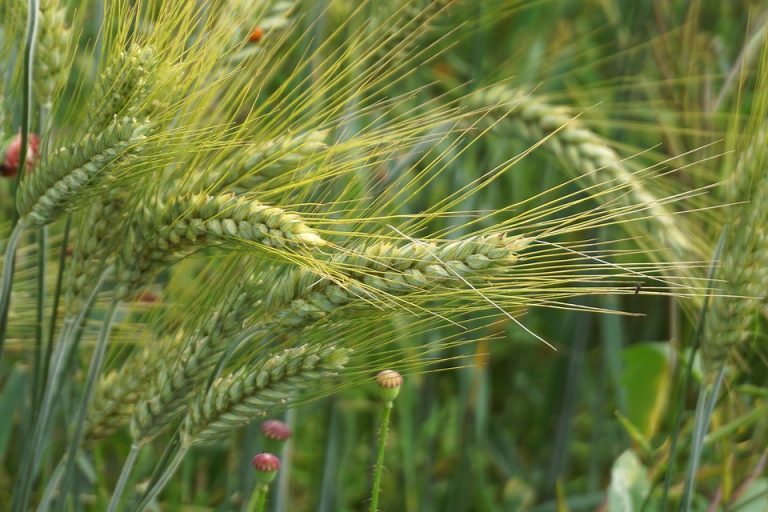Incontinence relief for women is not just a necessity; it’s a path to reclaiming your confidence and freedom. Yes, many women face this challenge, but that doesn’t mean you have to let it control your life. The journey to understanding and managing incontinence can be empowering and transformative. Let’s dive into seven essential tips that can help you navigate this journey with grace and strength.
Contents
Understanding Incontinence
Incontinence is a condition that affects millions of women, often making daily activities feel daunting. It can manifest in various forms—stress incontinence, urge incontinence, or a mix of both. Stress incontinence occurs when physical activities, like laughing or exercising, put pressure on your bladder. Urge incontinence, on the other hand, hits when you feel an overwhelming urge to urinate, sometimes with little warning.
Why does this matter? Because understanding what’s happening in your body is the first step toward finding effective relief. It’s time to break the silence around incontinence and take control of your health.
1. Consult a Healthcare Professional
Your journey to incontinence relief starts with a visit to your healthcare provider. This may feel daunting, but it’s essential for creating a personalized plan. A healthcare professional can help you understand the underlying causes of your incontinence, suggest appropriate treatments, and rule out any serious conditions.
- Ask the right questions: Don’t hesitate to discuss all your symptoms, even the ones that feel embarrassing.
- Explore treatment options: From pelvic floor therapy to medications, there are various strategies available.
For more information on incontinence treatments, check out the Urology Care Foundation.
2. Strengthen Your Pelvic Floor
Your pelvic floor is your body’s natural support system for bladder control. Strengthening these muscles can lead to significant improvements.
- Kegel exercises are simple yet powerful. They involve contracting and relaxing the pelvic floor muscles.
- Practice regularly: Aim for three sets of 10 repetitions a day.
You can find guided instructions on how to perform these exercises on the American Urological Association.
3. Maintain a Healthy Weight
Extra weight can put pressure on your bladder, exacerbating incontinence issues. You don’t need to embark on an extreme diet; instead, focus on balanced nutrition.
- Eat whole foods: Fill your plate with fruits, vegetables, lean proteins, and whole grains.
- Stay hydrated: Drinking enough water is crucial, but be mindful of your intake before outings.
Healthy weight management not only aids in incontinence relief but also boosts your overall health and energy levels.
4. Limit Bladder Irritants
Certain foods and beverages can irritate your bladder, making incontinence worse. Keeping track of what you consume can help you identify potential triggers.
- Common irritants include:
- Caffeine
- Alcohol
- Spicy foods
- Artificial sweeteners
Consider keeping a food diary to see if certain items correlate with increased urgency or leakage. Making small adjustments can lead to significant improvements.
5. Practice Bladder Training
Bladder training is a systematic approach to regain control over your bladder. It involves gradually increasing the time between urinations.
- Set a schedule: Start by urinating every hour, then gradually increase it to every two or three hours.
- Be patient: This process may take weeks, but consistency is key.
Bladder training can help you retrain your body and develop a more predictable schedule.
6. Wear Protective Products
Let’s be real—sometimes, you need a little extra support. There’s no shame in using protective products designed specifically for women.
- Choose the right product: Look for pads or underwear that fit comfortably and provide adequate protection.
- Explore options: From disposable to washable, there are plenty of choices tailored to your needs.
Feeling secure can boost your confidence while you work on long-term solutions.
7. Seek Support
You’re not alone in this journey. Joining a support group can provide you with valuable insights and emotional support.
- Connect with others: Sharing your experiences and hearing others’ stories can be both comforting and enlightening.
- Consider therapy: Sometimes, speaking with a mental health professional can help you cope with the emotional aspects of incontinence.
Finding community can empower you, making it easier to tackle the challenges that arise.
Bottom Line
Incontinence relief for women is a multifaceted journey, but you have the tools to navigate it. By consulting a healthcare professional, strengthening your pelvic floor, managing your weight, limiting irritants, practicing bladder training, using protective products, and seeking support, you can reclaim your confidence.
Take it one step at a time. Every small victory counts. Remember, your body deserves care, attention, and love. Don’t let incontinence define you—let it inspire you to take charge of your health and well-being.
FAQ Section
What is the best exercise for incontinence?
Kegel exercises are highly effective for strengthening the pelvic floor muscles, providing essential support for bladder control.
Can diet affect incontinence?
Absolutely! Certain foods and drinks can irritate the bladder. Keeping a food diary can help you identify your specific triggers.
Is incontinence common among older women?
Yes, as women age, hormonal changes and other factors can contribute to incontinence. However, it’s not a normal part of aging, and help is available.
Take these tips to heart, and embrace your journey toward incontinence relief. You are strong, capable, and deserving of a life full of joy and freedom.








